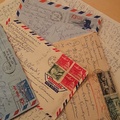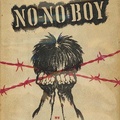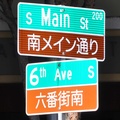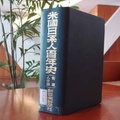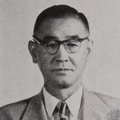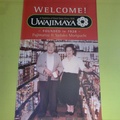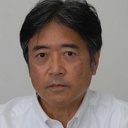
Ryusuke Kawai
@ryusukekawaiJournalist and non-fiction writer. Born in Kanagawa Prefecture. Graduated from the Faculty of Law at Keio University, he worked as a reporter for the Mainichi Shimbun before going independent. His books include "Yamato Colony: The Men Who Left Japan in Florida" (Shunpousha). He translated the monumental work of Japanese American literature, "No-No Boy" (Shunpousha). The English version of "Yamato Colony," won the 2021 Harry T. and Harriette V. Moore Award for the best book on ethnic groups or social issues from the Florida Historical Society.
(Updated November 2021)
Stories from This Author
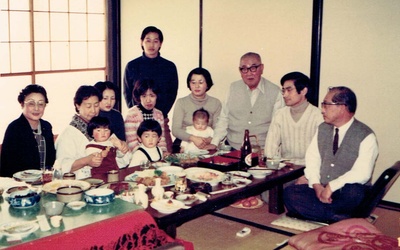
Part 9: He certainly traveled around the US
March 12, 2021 • Ryusuke Kawai
I tried to sell my car in Florida. While searching for Kato Shinichi's relatives, I was lucky enough to come across his nephew, Junji Yoshida, in Tosaka Senashi, Higashi Ward, Hiroshima City in March 2020. Yoshida, who worked in construction, was the eldest son of Kato's younger sister, Harue, and it turned out they had a close relationship, calling Kato "uncle." Despite it being a chance visit, Yoshida was kind enough to have some time to talk to me. I …
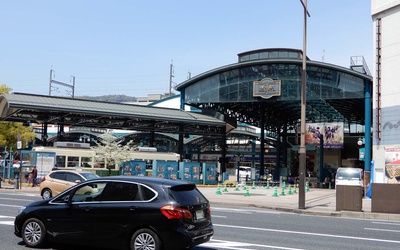
Part 8: What about your relatives in Hiroshima?
Feb. 26, 2021 • Ryusuke Kawai
Visiting the former address Now that I have been able to summarize the life of Kato Shinichi from the profile article, which can be considered a self-introduction in "A Centennial History of Japanese Americans in the United States," and his obituary in the Chugoku Shimbun newspaper on February 10, 1982, I have decided to once again look for his relatives and people who knew him, as he was born in Hiroshima and ended up spending his entire life in his …

Part 7: Passed away in his hometown of Hiroshima at the age of 81
Feb. 12, 2021 • Ryusuke Kawai
According to the Chugoku Shimbun serial article "The Atomic Bomb and the Chugoku Shimbun" (March to May 2012), at the time the atomic bomb was dropped on Hiroshima, Kato Shinichi was the head of the news department for the Chugoku Shimbun. He walked around the city on the day of the bombing, and a month later he toured the ruins of the atomic bomb site as an interpreter and guide for Dr. Marcel Junod, the chief representative of the Red …
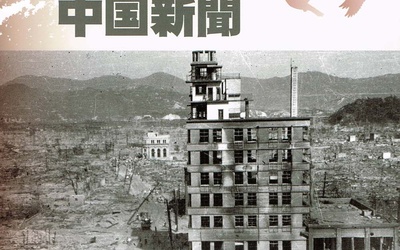
Part 6: As a reporter at the time of the atomic bombing
Jan. 22, 2021 • Ryusuke Kawai
If you want to know more about a person, it is common to first check with his relatives. In his profile in the book "The Centennial History of Japanese Americans in the United States," which he wrote and edited, Shinichi Kato mentions his wife and children. Since his wife is probably already deceased, I decided to look into Kenneth Nao, who is listed as his only child. It is unclear whether Kenneth was born in Japan or America, but Kenneth …
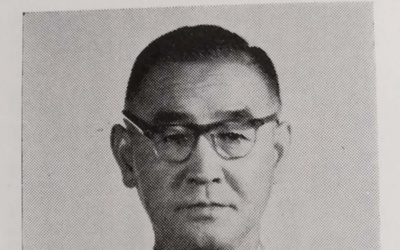
Part 5: Activities across Japan and the US
Jan. 8, 2021 • Ryusuke Kawai
From 1900 to 1961 In "A Hundred Years of Immigration to America," published in Japan in 1962 based on "A Hundred Years of Japanese Americans in the United States: Records of Development" published in 1961, author Kato Shinichi wrote in the preface that he had just entered junior high school in 1916 when he was called by his father and came to the American mainland. At the time of the outbreak of the war (Japan-US), he was working as editor …
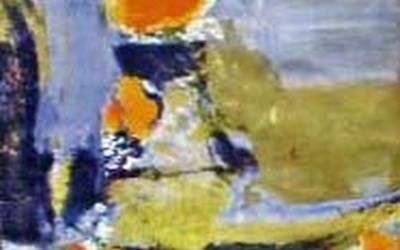
Part 4: Respect for the Issei and Pride as a Japanese
Dec. 25, 2020 • Ryusuke Kawai
If you search for "Kato Shinichi" I learned that Shinichi Kato, who covered the footsteps of Japanese immigrants to the US mainland and compiled them into a book called "The Centennial History of Japanese Americans in the US," drove around the US alone, but the details of his journey were not clear in the afterword of the book. I wondered if there was anything else he had written. The first place I looked was the Internet. When I searched for …
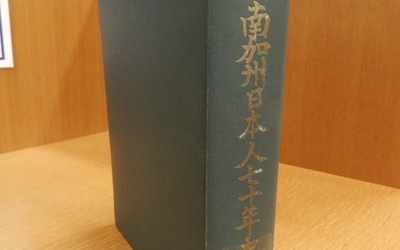
Part 3: Traveling across the US to visit first generation Japanese
Dec. 11, 2020 • Ryusuke Kawai
"A Hundred Years of Japanese Americans in the United States" (published in December 1961), edited by Shinichi Kato, traces the footsteps of Japanese Americans in the mainland of the United States, excluding Alaska and Hawaii. Many pages are devoted to states along the Pacific coast where many Japanese emigrated and worked, with California being introduced separately into northern, central, and southern parts. The rest are lumped together as geographical units such as the "Three Central Northern States," the "Mid-Atlantic States," …

Part 2: Who Wrote the "Centennial History"?
Nov. 27, 2020 • Ryusuke Kawai
We know that Japanese people are living all over the world these days. But when we see or hear about these immigrants and settlers on television programs, we sometimes feel simple questions and surprises, such as "Why are there Japanese people in places like this?" and "Why is this person here?" For me, the first such example was when I learned about the Japanese colony (village) that once existed in Florida, USA, and the people who gathered there. This was …

Part 1: Following someone's life
Nov. 13, 2020 • Ryusuke Kawai
In 1960, a man drove around the US to follow in the footsteps of the first generation of Japanese immigrants. At the end of the following year, Kato Shinichi (then 61 years old) compiled his account of his experiences into a book called " A Hundred Years of Japanese Americans in the US - Chronicles of Development " (Shin Nichibei Shimbunsha). Originally from Hiroshima, he moved to California and became a journalist in both Japan and the US around the …
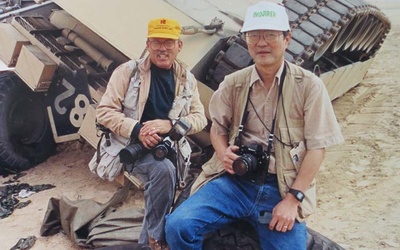
Bonus: Toru Suwa, the photographer who photographed Morikami Sukeji — From garden work to international photojournalist — Part 2
Oct. 30, 2020 • Ryusuke Kawai
Read Part 1 >> Take time to get to know each other Suwa-san's impression of Suketsugu was that he was "a really nice and kind person." But he was secretly astonished by his appearance. He was wearing a dirty shirt and shorts, had unkempt thinning hair, and a shaggy beard like thin wire. The inside of the long, narrow trailer house with four rooms was just filthy. After that, I visited Sukeji several times during my days off, without my …

